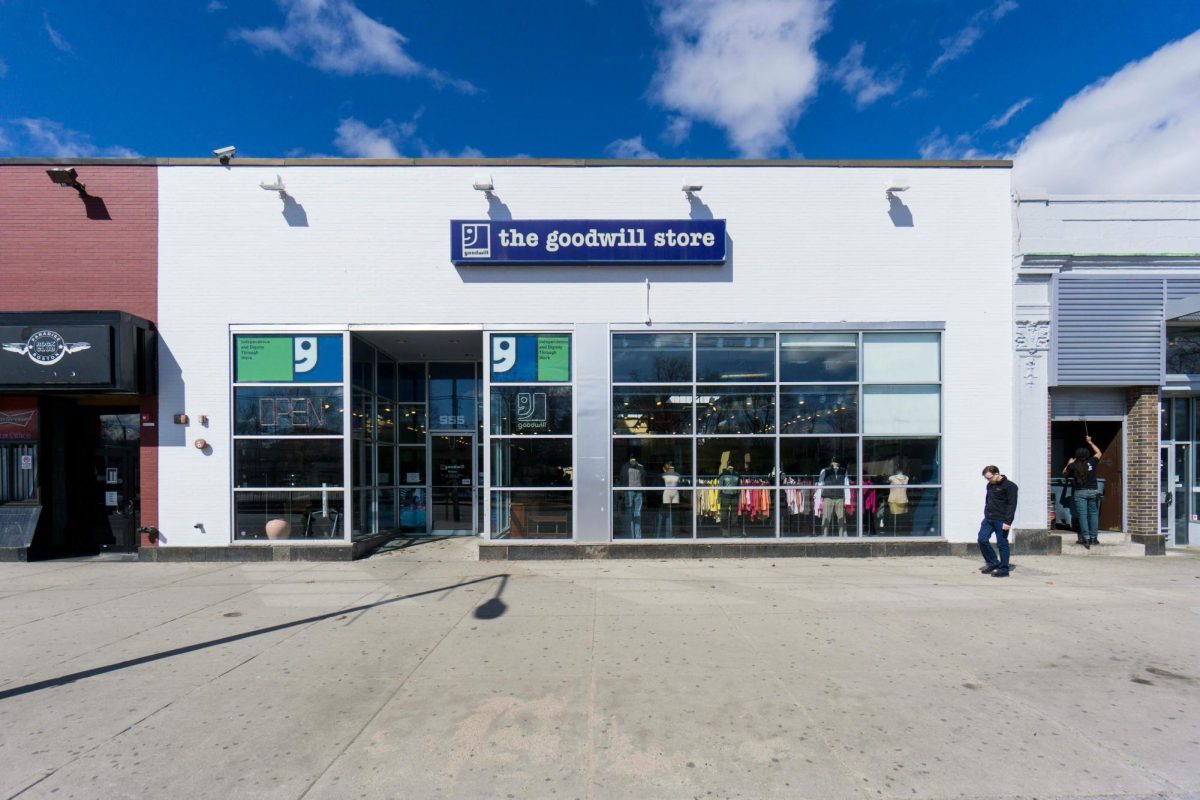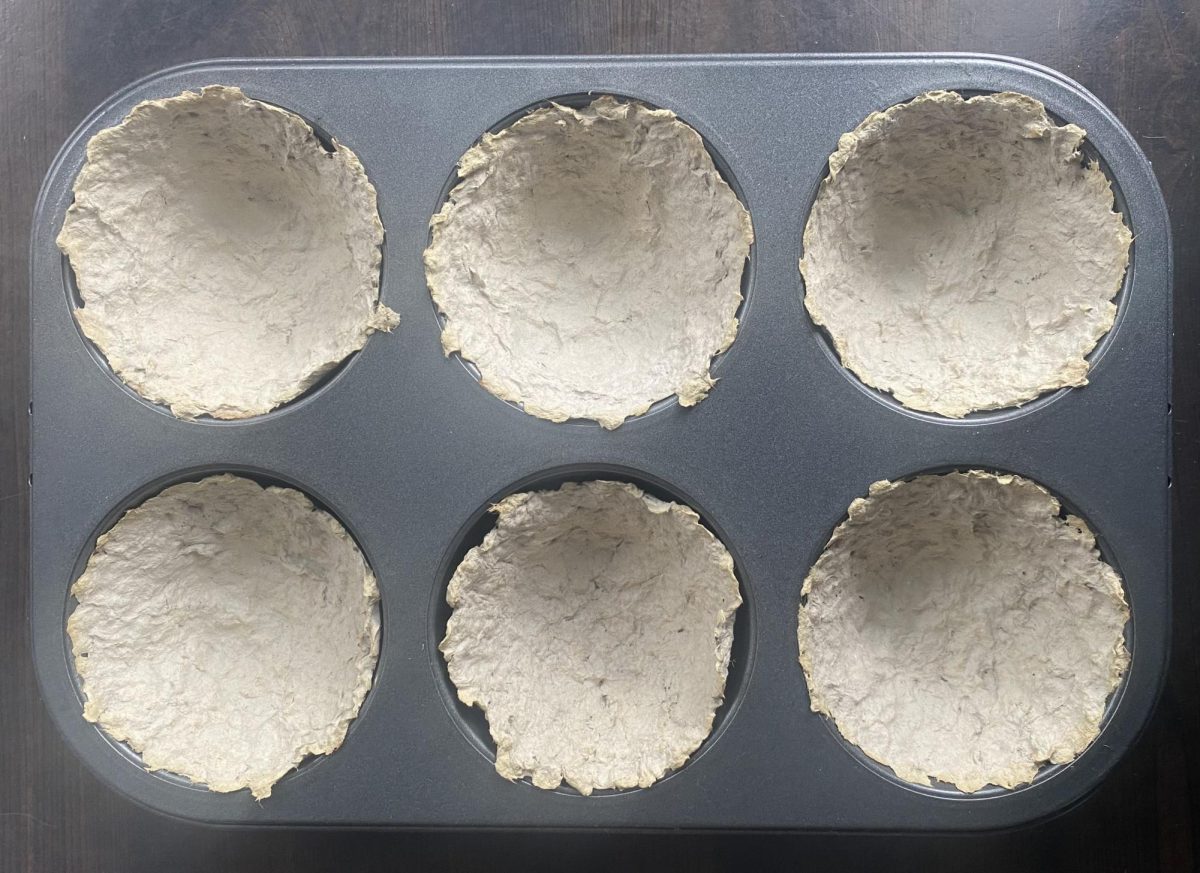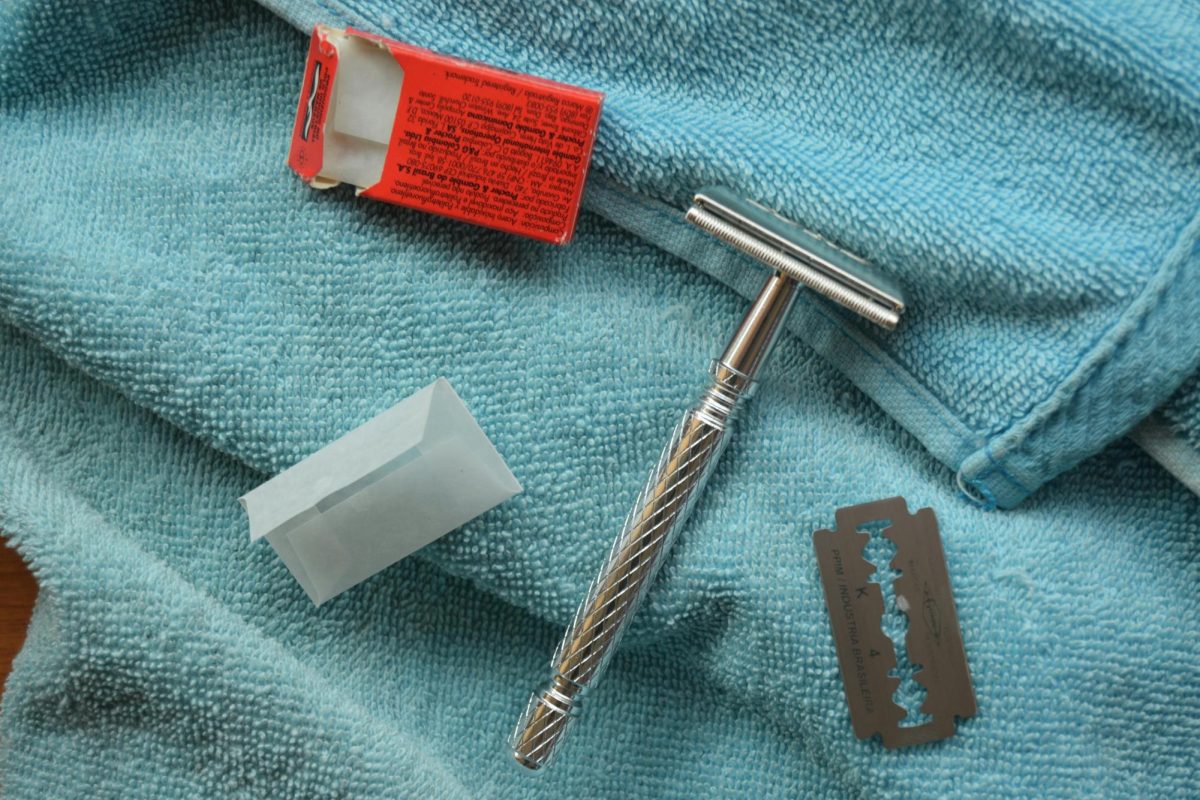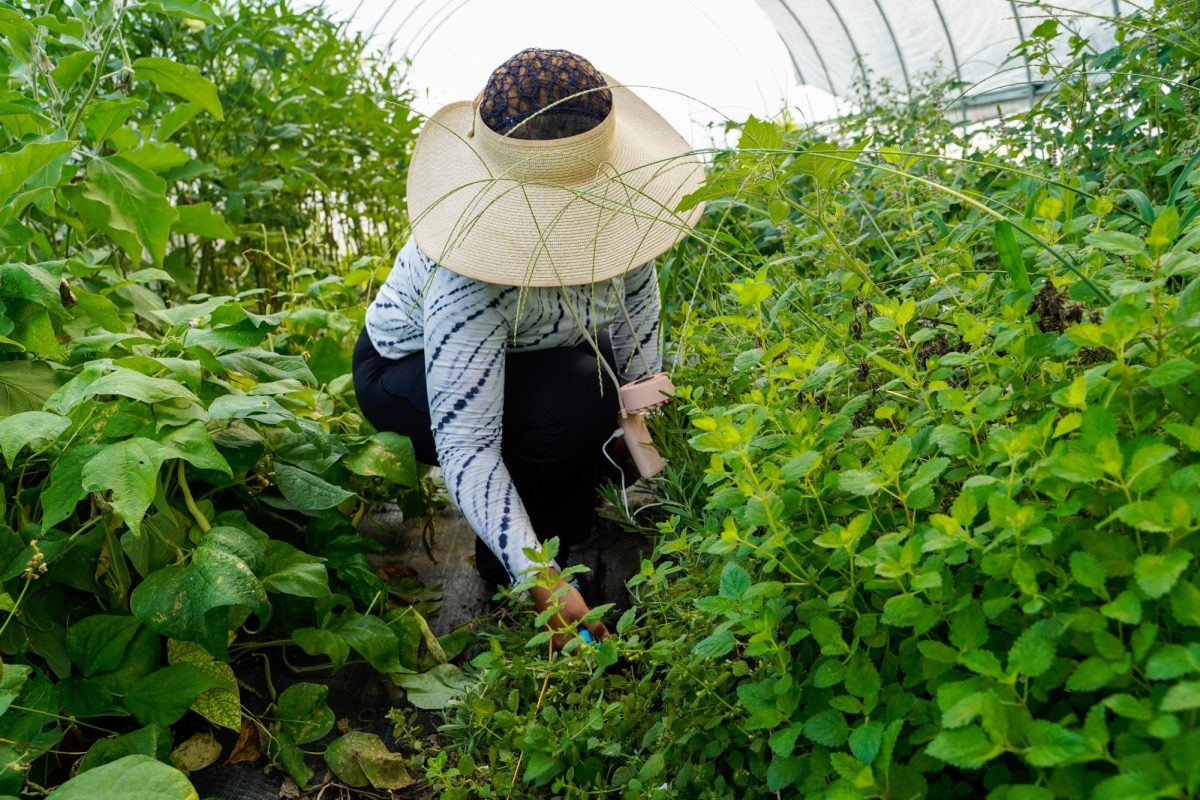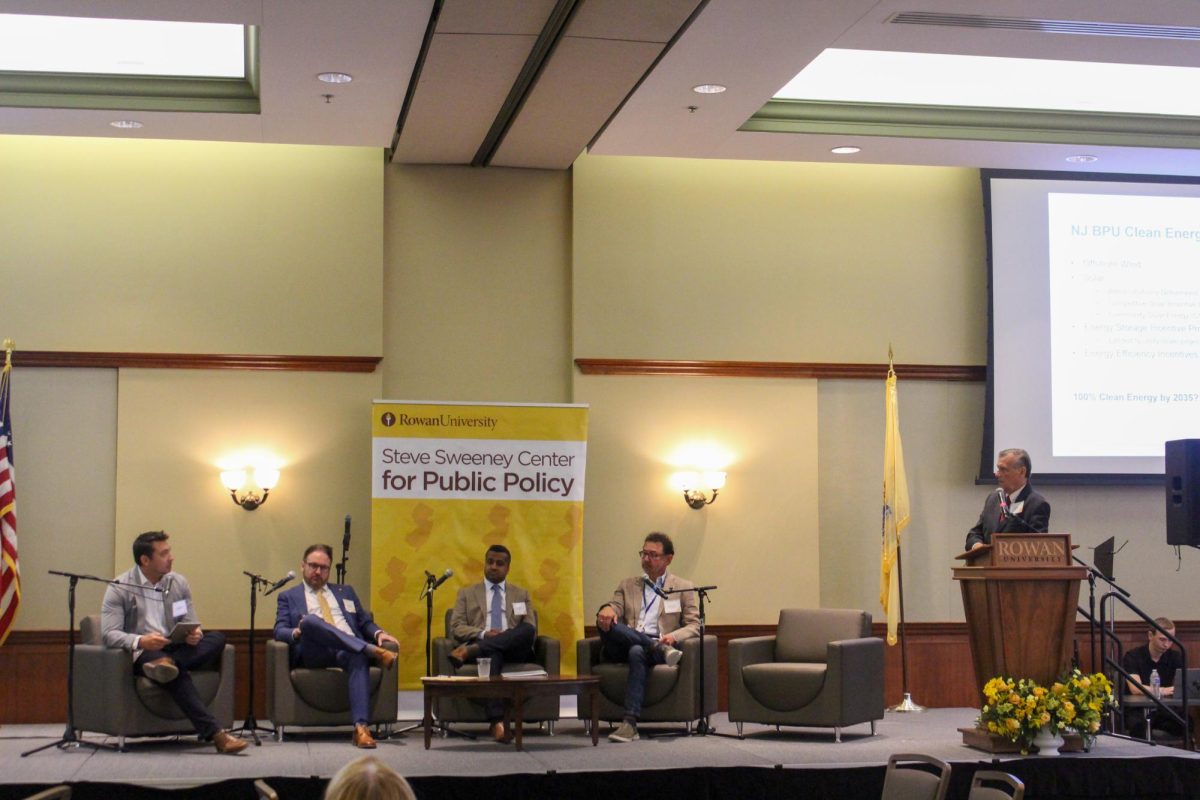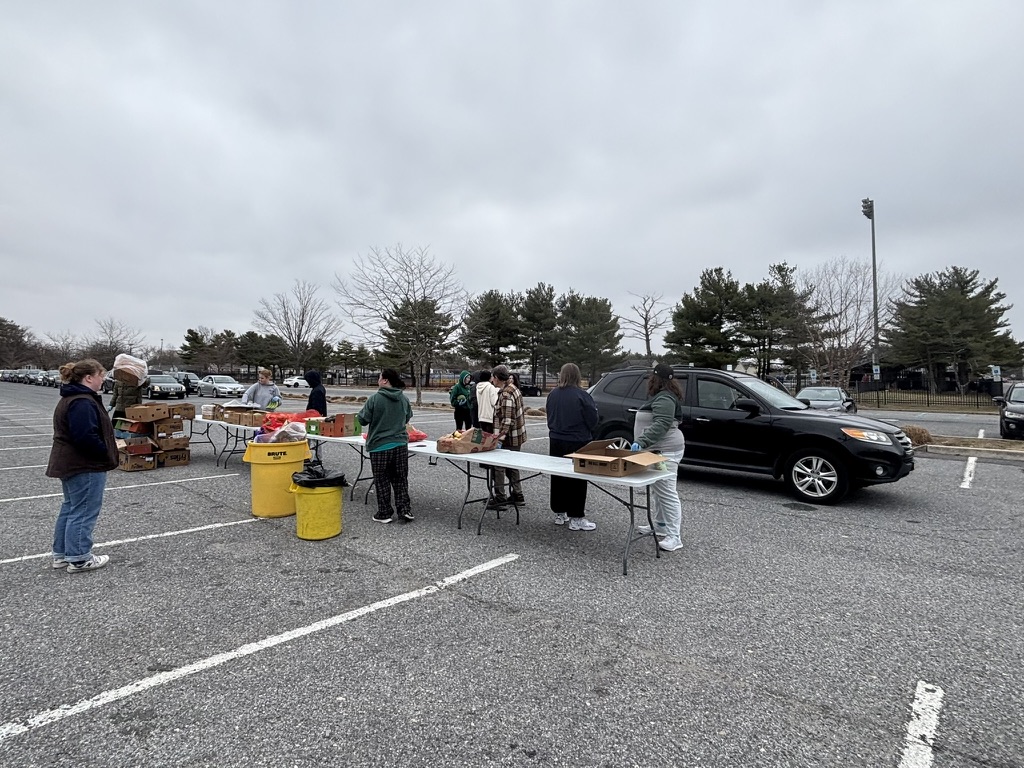College students are huge consumers of fast fashion. Shein, H&M and Forever 21 are just a few examples of companies who participate in fast fashion. These stores make it easy to follow current clothing trends, as they are found in pretty much every local shopping center. Not to mention, they sell items for super cheap, and college students typically don’t have a lot of money to be spending on alternate options.
While fast fashion shopping may be inexpensive, trendy and convenient, it causes detrimental harm to our environment.
It’s no secret that making clothes takes a lot of resources. More than 8,000 cups of water are used for just a single t-shirt. That’s roughly 5,000 water bottles. Oil and cotton are other major resources that are part of the clothing production process.
Thousands of cheap garments are mass produced daily, but their lifespan is short-lived. They’re so poorly made that they usually won’t last more than a few washes, so they’re thrown out shortly after purchasing them. In fact, 92 million tonnes of clothing garments end up in landfills each year.
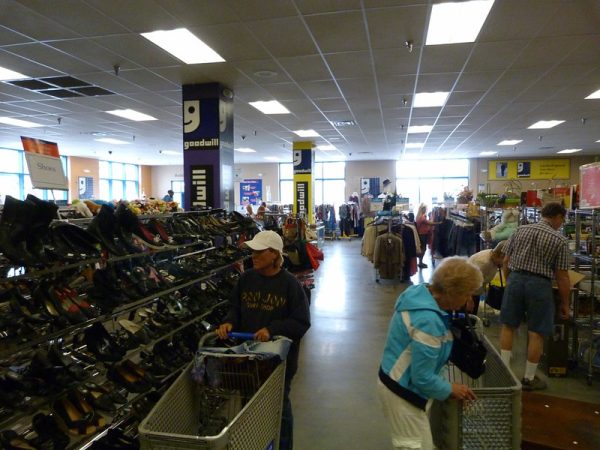
Fast fashion not only burdens the environment, but also people. The fast fashion system relies on cheap labor to get clothes quickly made, so their workers are often operating under unsafe conditions and a majority of them aren’t making a living wage.
We all need clothes to go throughout our day to day lives, but fast fashion isn’t the answer. It may be cheap, but it’s extremely resource-intensive, it creates a ton of waste and it places large burdens on its workers.
Instead of buying from these fast fashion companies, shoppers can turn to their local thrift stores.
Thrift stores are located all across the South Jersey region. From Goodwill to Thrift Village, there are thrift stores at every turn.
Thrift stores receive items from people who no longer want them, and then resell them at a lower price. Shoppers can find name brand pieces at discounted costs.
Not only are the low price tags a big benefit for buyers, but thrifting also helps the environment. Thrifting expands the lifespan of the clothing items, giving them more use before they ultimately end up where all clothes do; a landfill. Also, by purchasing clothes at a thrift store, you are spending your money on something that is already made, so it doesn’t require additional resources.
Thrifting is not only the more sustainable option, but it can also be made just as fun an activity as shopping at the mall. Also, as opposed to dressing with the trends, when browsing unique pieces and one-of-a-kind items, shoppers can explore their own personal style.
The next time you think about buying the cute, trendy top from a fast fashion company, take a second to consider the impacts of your decision. There could be similar options at the thrift store right around the corner, where you could be helping both your wallet and the environment.

